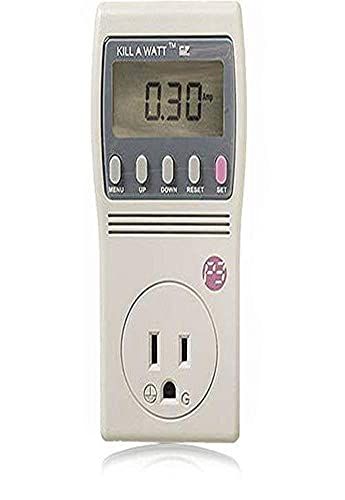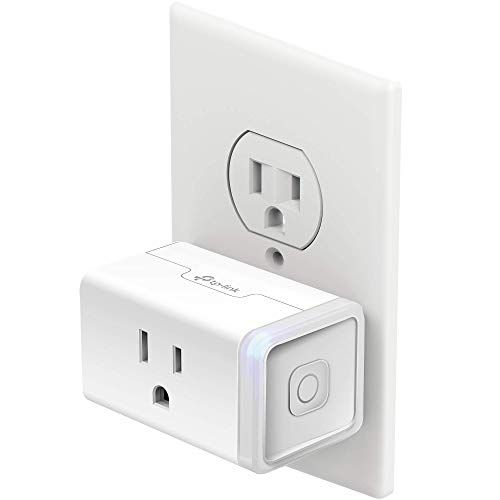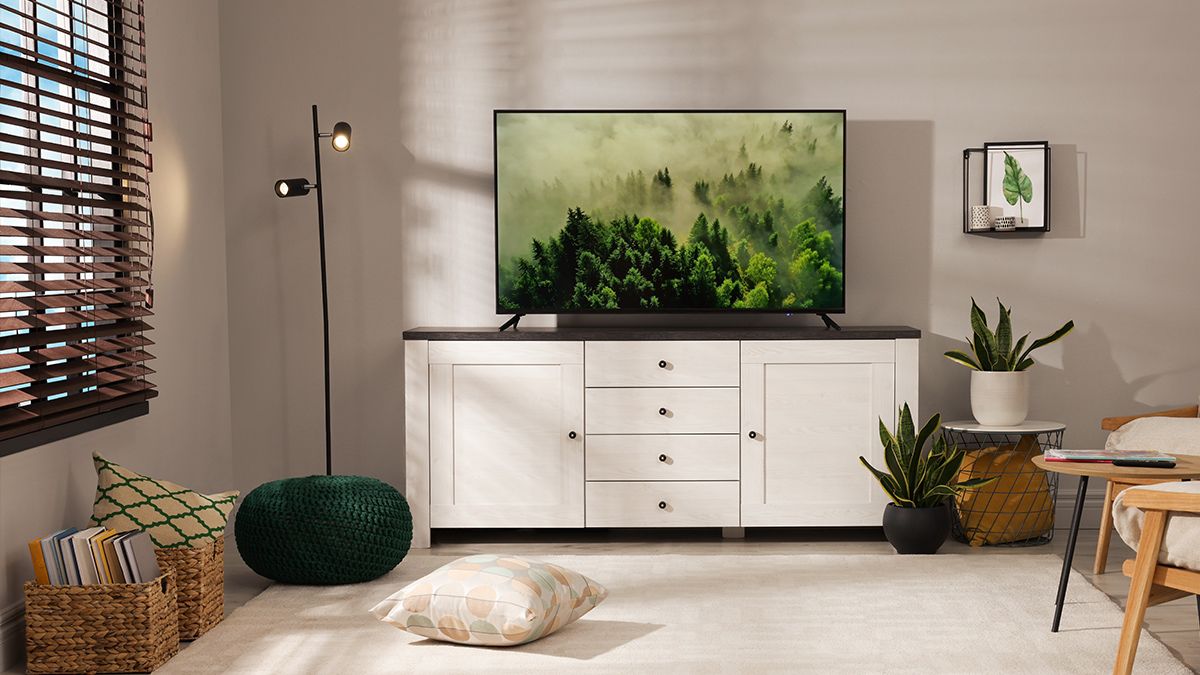Key Takeaways
The power used by your TV depends on how old the TV is and how large it is. A new TV may use 32W to 90W of power, depending on its size. At 60W, running the TV for 12 hours a day would cost you $2.60 month if your electricity costs 12 cents per kWh.
If you're a fan of leaving a TV on for background noise (or trying to convince someone not to), you might be curious about how much an always-on TV contributes to your electric bill.
Here's How to Estimate TV Power Consumption
While we'd love to tell you exactly how much energy your particular television uses, as much as we strive to offer extremely precise insights for our readers that would require a house call and a manual measurement (more on how you can be your own energy consultant in a moment).
How much power a TV uses in both standby mode and while you're watching it can vary wildly by the manufacturer, screen size, whether or not the TV is a smart TV, and by age.
Even the same size television, from the same manufacturer, with the same general smart TV features, can vary in power consumption depending on which year the model was released. Because of evolving rating criteria and a global initiative to reduce standby power, an older TV will likely use a lot more power than a newer model.
But we've measured the power consumption of quite a few TVs, and we're confident in offering a rough rule of thumb you can go by if you'd like to guesstimate how much energy your television is using.
For TVs with screens up to about 49 inches, you can multiply the screen size by 1 to estimate the number of watts the TV uses when powered on. With that in mind, estimating that a 32-inch TV uses about 32W of power would be reasonable.
For TVs with screens 50 inches and above, we recommend multiplying by 1.5. So it wouldn't be unreasonable to assume a 60-inch TV used around 90W of power.
Estimating how much power a TV uses is one thing, but how does that translate into your electric bill?
Let's assume that your electricity costs 12 cents per kilowatt hour (kWh) and that your TV is in the middle of those two estimates we just threw out at 60W of energy use per hour.
If we run the calculation for your cost-per-hour, it works out to a mere 0.0072 cents per hour. Leaving the TV on for 6 hours after work every night would cost you $1.30 a month.
If you liked to leave the TV on all day, let's say you work from home and like the background noise, leaving the TV on for 12 hours a day would cost you $2.60 a month.
And Here's How to Measure Your Exact TV
If you want an exact answer, you'll need to measure your exact TV under the conditions you use it. While our rule-of-thumb guesstimation above is good enough to ballpark things, you'll be surprised when you actually start measuring different TVs in your home.
And, better yet, the cool thing about conducting the measurements yourself is that you can play with the variables.
You might find, for example, that the energy-saving mode on your TV knocks 20W off the power consumption but makes the picture look like washed-out garbage.
Knowing that it would only save you a few bucks over the whole year would certainly make you feel better about not using the energy-saver mode and enjoying your TV.
So how do you measure your TV's power consumption? You'll need a watt meter. We're big fans of the Kill a Watt meter. It's been on the market forever, and we've been using it for well over a decade.

P3 International P4460 Kill a Watt Meter
If you're at all curious about the power usage of devices around your home, you need this device.
But if you'd prefer a watt meter with some additional functionality, by all means, pick up a smart plug with built-in power monitoring like this Kasa KP115 plug.
Then when you're not checking how much power your TV uses, you can take advantage of the smart plug for your holiday lights or to control phantom power loads.

Kasa Smart Plug with Power Monitoring
Not only can you control devices with this smart plug, you can keep an eye on how much power they use.
Either way, you'll get not only a precise answer as to how much energy your TV is using at that moment but also over time---if you leave it hooked up to the watt meter, of course.
While we think you'll find that your TV doesn't use a shocking amount of power, especially taking into account the number of hours you have it on. But if you'd like to keep that background noise effect with even less power consumption, consider a smart speaker or Bluetooth speaker.
You could listen to podcasts, Spotify, or even a permanent loop of coffee shop background noise 24/7, and the power consumption of a smart speaker like an Amazon Echo would only cost you a few dollars per year.

